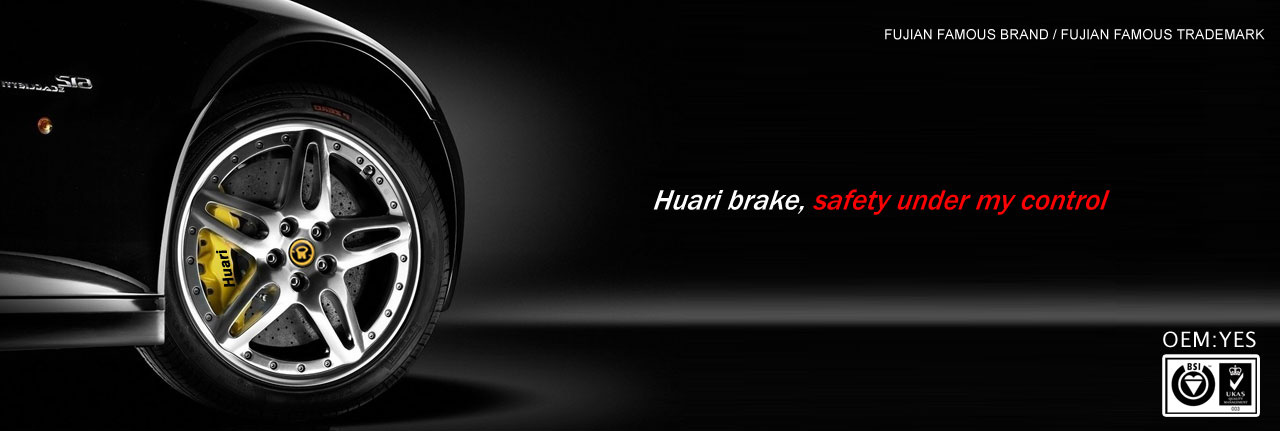What are Brake Pads?
Brake pads are the parts of a car's braking system that actually take the brunt of the frictional force necessary to stop the car. In a disc brake system, the brake pedal activates a hydraulic line which squeezes the calipers against the rotors of the car's tires. Pads are positioned between the calipers and the rotors to absorb the energy and heat, then provide enough grip to stop the car.
A good analogy for understanding disc brakes is a ten speed bicycle. The handgrip under the rider's hand is like the brake pedal of a car. As the rider squeezes this grip, cables pull two hinged pieces called calipers together. The calipers themselves do not contact the rim of the tire, but two rubber pieces do. These rubber shoes work much like automotive brake pads. The metallic rim of the tire is essentially a rotor. The friction between the pads and rotor is the key to stopping in a disc brake system. Eventually, however, the rubber shoes of a bicycle and the brake pads of a car will wear down and severely compromise the operator's safety.
Brake pads were originally made with organic ingredients such as asbestos and carbon, held together by a strong resin. The use of asbestos was eventually banned by the US government, but some non-metallic or organic versions are still sold. Only vehicles designed for organic pads can use them, however. The same material used in bulletproof vests, Kevlar®, has replaced asbestos in non-metallic brake pads.
Most brake pads sold today are considered semi-metallic. Manufacturers often guard their actual formulas, but in general these use copper, brass, and steel wool shavings held together in a resin. Because they are primarily metallic, they can last for thousands of miles. Their main drawback for drivers is a higher incidence of grinding noises. This is largely unavoidable, since the metal shavings must rub against steel rotors every time the brakes are applied. Some after-market versions are marketed as quieter than the standard semi-metallic brands.
Brake pads often have special shims built into them to deliberately create a grinding noise as they wear out, in order to alert drivers to have them replaced as soon as possible. If the pads continue to grind, the exposed metal of the caliper may carve out a channel in the rotor. If such damage occurs, the entire rotor must either be replaced or turned. Mechanics can shave off a thin layer of metal from the rotor to remove minor grooves. Since new rotors are relatively inexpensive, however, many mechanics recommend replacing them entirely. New brake pads can be replaced in a few hours if the owner has the tools and patience to perform the job. It is important to apply a special lubricating grease between the new pads and the calipers to avoid a hideous grinding noise. Calipers may also have to be readjusted to accommodate the thickness of new pads.
2016-06-28 21:11:02
ADD:No. 1, Xiaban, Xiufeng Village, Shekou Town, Fu'an City, Ningde City, Fujian Province TEL:0086-0593-6388368||6558596 FAX:0086-0593-6338966 E-mail:brake@fjhuari.com / huari3348@126.com
Copyright © 2013 Fujian Huari Automotive Parts Co., Ltd. All Rights Reserved.
Copyright © 2013 Fujian Huari Automotive Parts Co., Ltd. All Rights Reserved.






